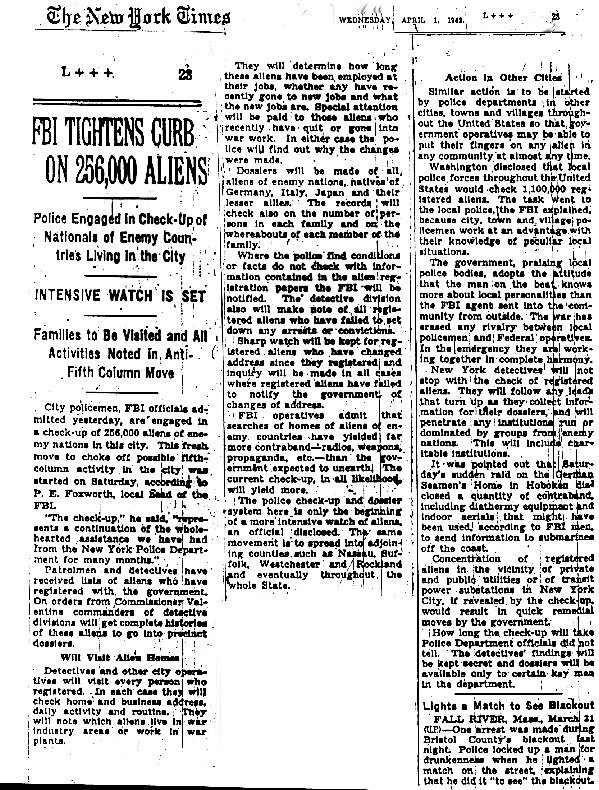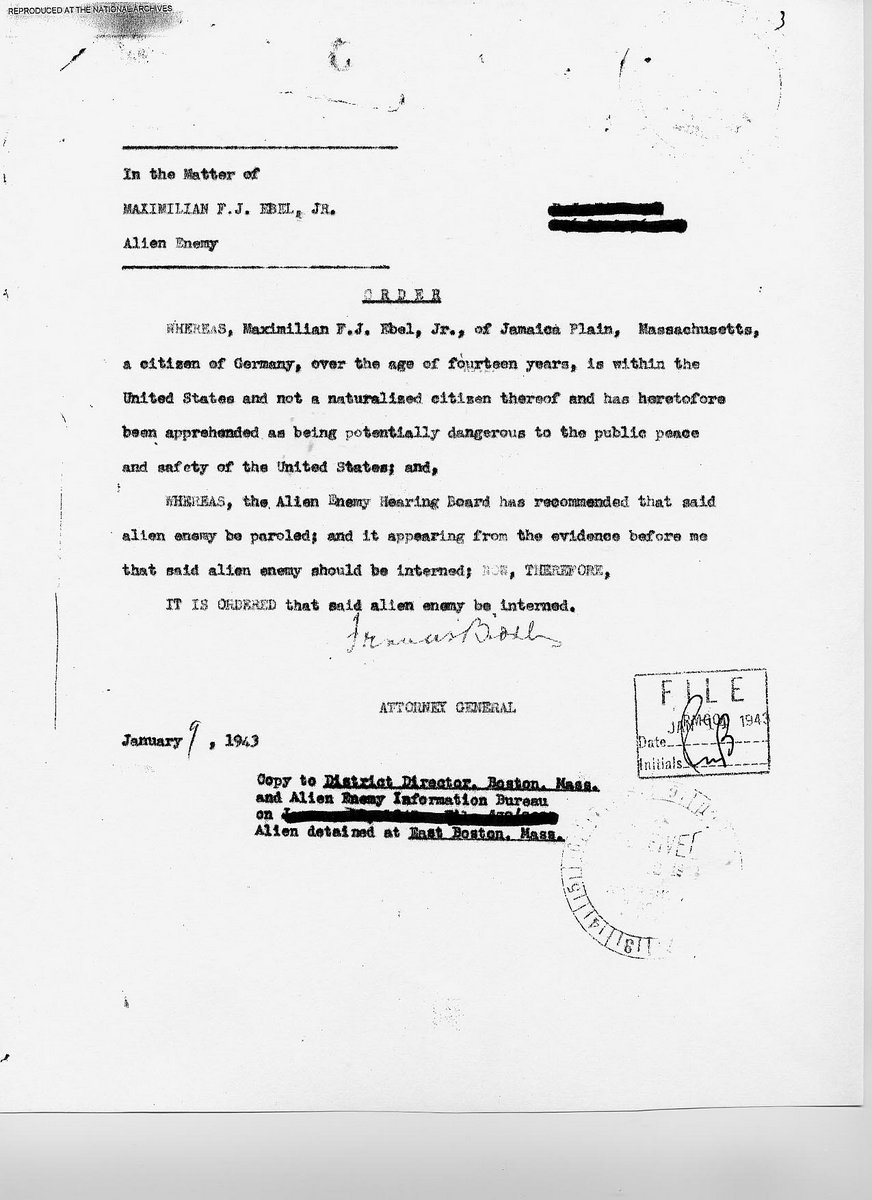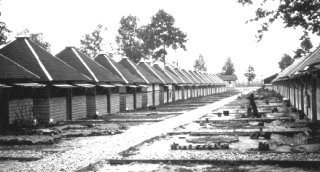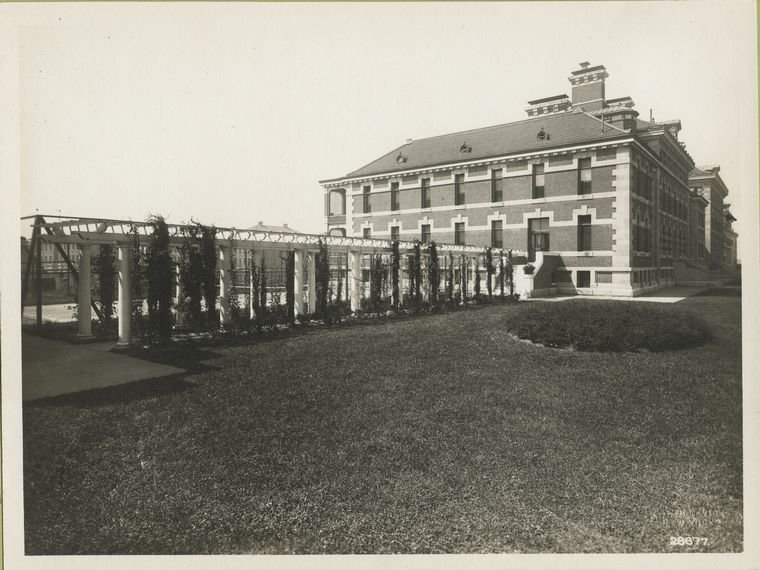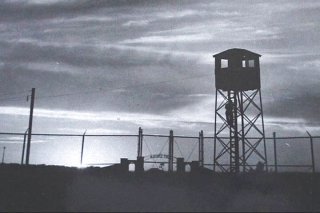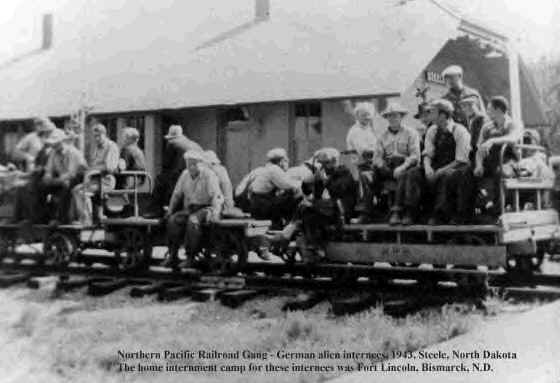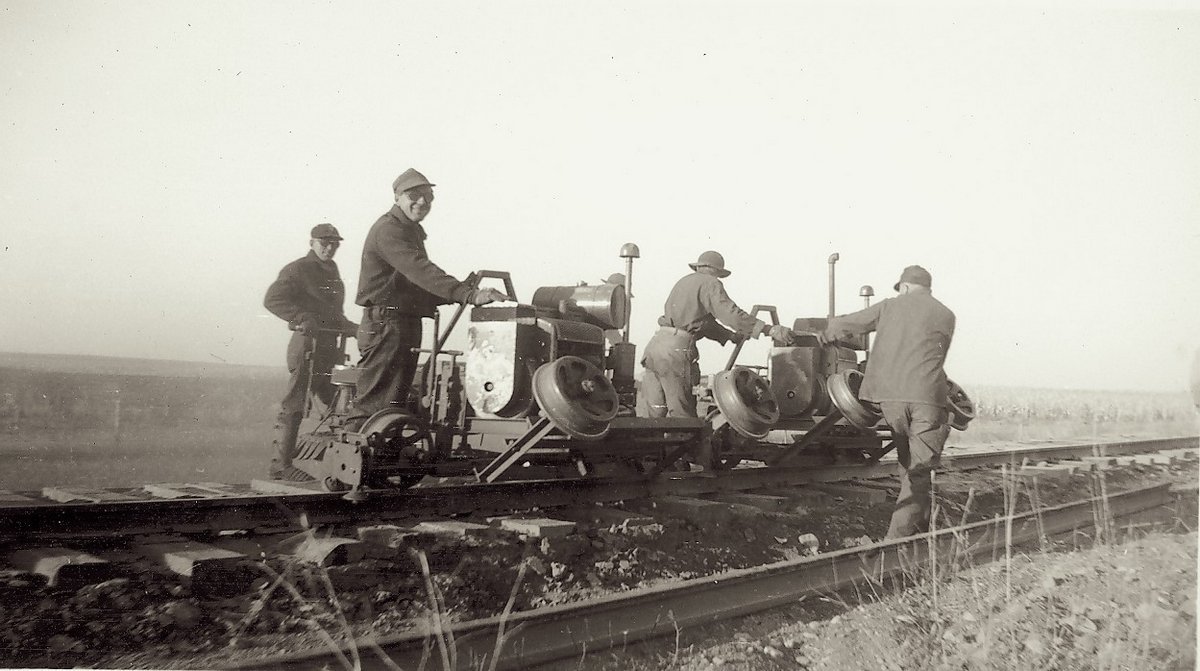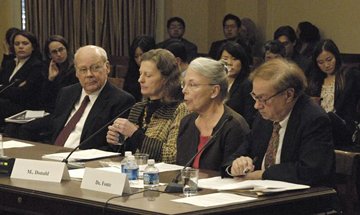WWII Enemy Alien Internment, The Max Ebel Story
Max Ebel (far right) at age 17 leaving Germany on a ship bound for America. Photo courtesy of the Ebel family.
As told by his daughter, Karen Ebel, for SPI
Max Ebel was born in Speyer, Germany in 1919. As a young man, Max refused to join the Hitler Youth. Because of that, life in Speyer became very dangerous for Max, ultimately leading him to immigrate to the United States in 1937. Max settled in Boston. He was 17 years old.
Four years later, on December 7, 1941, when the Japanese bombed Pearl Harbor, life changed drastically for Max. President Roosevelt issued Presidential proclamations pursuant to the Alien Enemies Act declaring all Japanese, German, and Italian aliens to be "enemy aliens" and placing them under the jurisdiction of the Department of Justice. Along with over 1,000,000 resident aliens, Max had to register, be fingerprinted, and carry a picture ID. No enemy aliens were allowed to have radios, cameras, or firearms, and their travel was severely restricted. Max’s citizenship plans stopped, and he registered with the Selective Service. When asked if he would fight for the US in Germany, he said, "No," adding that he was willing to fight in the Pacific. He stated that he did not want to fight against his cousins, brother, and friends in the land of his birth.
On September 28, 1942, Max, then 23, was picked up from work for questioning. He didn't return home for another two and one-half years. Max was first sent to the Boston immigration station, where he remained with other detainees, German and Japanese, for 3 months. Max Ebel was interned from September 1942 until June 1944. The reason for his internment was never explained to him.
Between these years, Max was sent to five different internment facilities in the US; the last, Ft. Lincoln, in Bismarck, North Dakota, housed some 1,000 men. It was from Ft. Lincoln that Max, along with over 100 other internees, went to work replacing rails for the Northern Pacific Railroad. During this time, the men lived in boxcars, 6-8 men/car, heated by a coal stove. Water was held in a tank car at the rear of the train. There were no bathroom facilities. They lived in these cars throughout the winter.
His daughter, Karen Ebel, worked tirelessly to bring her father’s and other German-American World War II Internee’s stories to light. She is pictured below at a Judiciary Hearing where she sought formal acknowledgement by the US government for the internment of German-Americans during WWII. Unlike Japanese Americans who were interned during the war, the plight of German-American internees has never been acknowledged.
Max Ebel died in 2007.
Much of the copy for this post was taken from Max Ebel, a German Immigrant's Story, found on the German-American Internee Coalition website, which can be accessed here.
To listen to Max Ebel’s story as told by his daughter Karen, click here.
Pictured (l-r, t-b): NY Times article, 1942; Roosevelt signing the Alien Enemies Act; Max Ebel’s internment decree; Ellis Island; Camp Forrest huts; Fort Lincoln; Northern Pacific Railroad Gang; Workers, Northern Pacific Railroad; Karen Ebel at Judiciary Hearing.
About SPI
We make our work available to all, free of charge.
Story Preservation Initiative has developed two Learning Lab projects: Our “Storytelling Learning Lab” is appropriate for students in grades Pre-K through 3, and our “Learning Lab” project is suited for students in grades 4-12.
Our Vision: Story Preservation Initiative believes in the transformative power of story to connect people around our common humanity and create a better future. We value generosity, diversity, inclusivity, and equity in our stories and in our outreach, exploring and illuminating the deepest levels of human potential.
Our Mission: Story Preservation Initiative is a leading producer and online distributor of original, content-rich stories for K-12 students. Our open-access stories and educational materials are used by educators nationwide with a focus on New England, engaging the hearts and minds of young people to impart content knowledge and foster curiosity, creativity, and critical thinking as they open doors to possible career paths in professions associated with the arts, sciences, humanities, and trades.
SPI produces original, primary source recordings of extraordinary people who share their knowledge and experience with young people to educate, inspire, and make learning MEANINGFUL and REAL-WORLD RELEVANT.
WEB: www.storypreservation.org
Please consider making a donation - in any amount - to help us keep the stories coming. To make a tax-deductible donation, click here.


